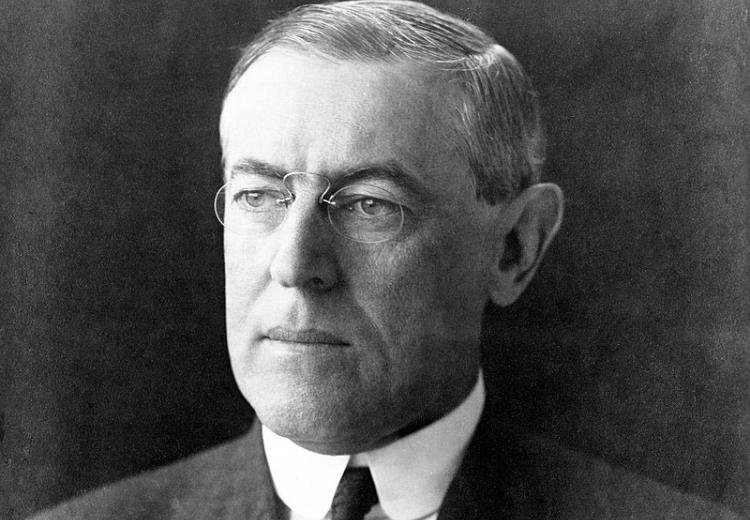Lesson 1: United States Entry into World War I: Two Diametrically Opposed Views

President Woodrow Wilson, 1912.
American foreign policy continues to resonate with the issues involved in the entry of the United States into World War I—unilateralism versus foreign alliances, the responsibilities of power, the influence of the military-industrial complex on foreign policy, the use of force to accomplish idealistic goals. Understanding the choices the Wilson administration made and their consequences provides insight into international affairs in the years since the end of the Great War and beyond.
In this lesson, students reconsider the events leading to U.S. entry into World War I through the lens of archival documents.
Guiding Questions
What important events led to U.S. involvement in World War I?
What is the most compelling evidence explaining why the U.S. entered World War I?
Learning Objectives
List important events leading to U.S. involvement in World War I.
Take a stand on a hypothesis for U.S. entry into World War I, supported by specific evidence.
